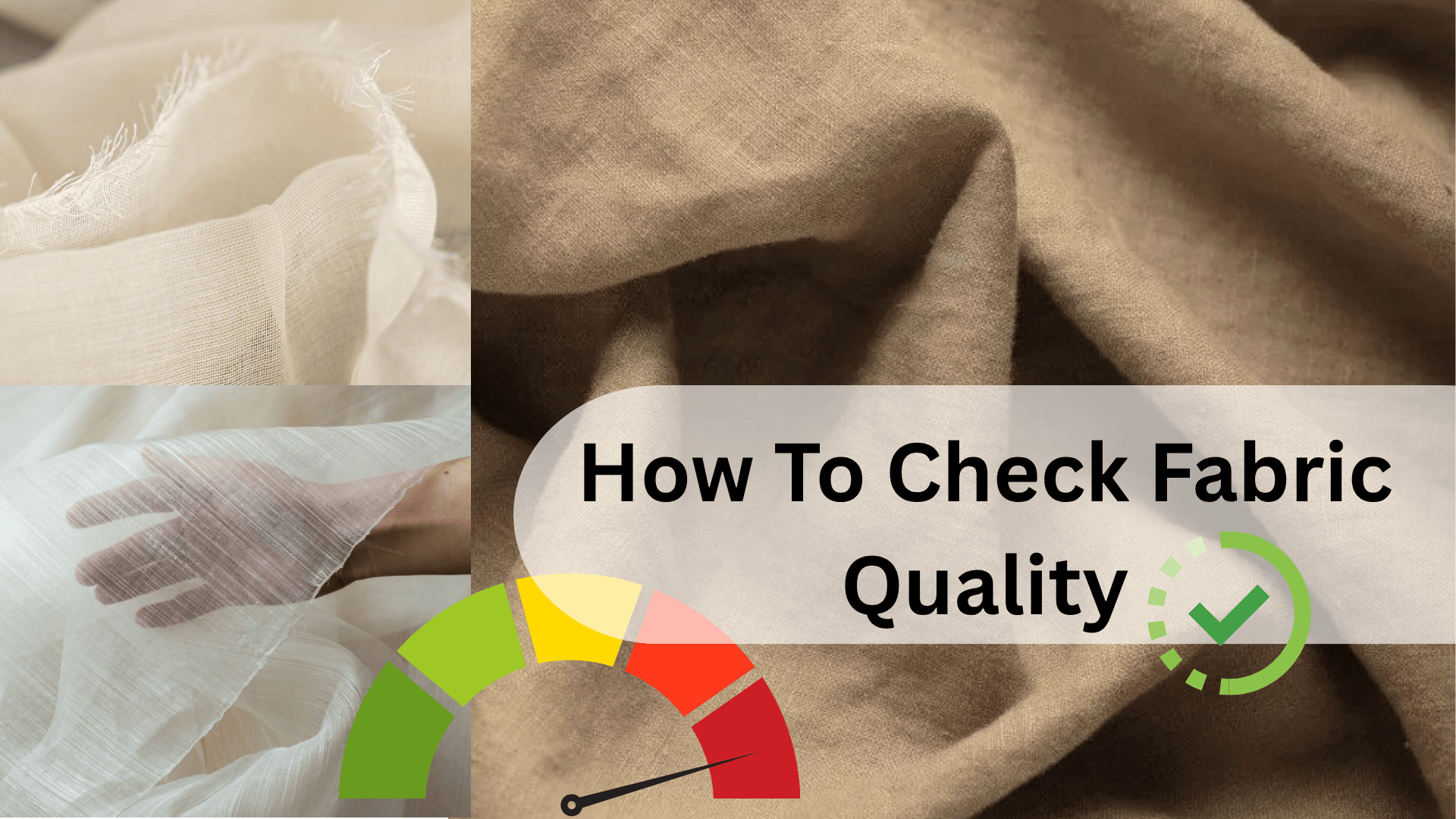
7 Visual Cues to Identify Fabric Quality Instantly

In the vast and varied world of textiles, navigating quality can feel like a daunting task. Labels provide some information, but they rarely tell the full story of a fabric's durability, drape, or ultimate value. Whether you're a designer, retailer, or conscious shopper, being able to recognize a high quality fabric at a glance is an essential skill. While touch is a key indicator, trained eyes can often spot quality by just looking closely.
This expert guide decodes seven visual cues that help you identify fabric quality instantly—especially when shopping online or sourcing from afar. Along the way, we’ll also explore how woven and knit structures, color depth, and fiber behavior contribute to durability, comfort, and visual appeal.
Why Identifying High Fabric Quality Matters
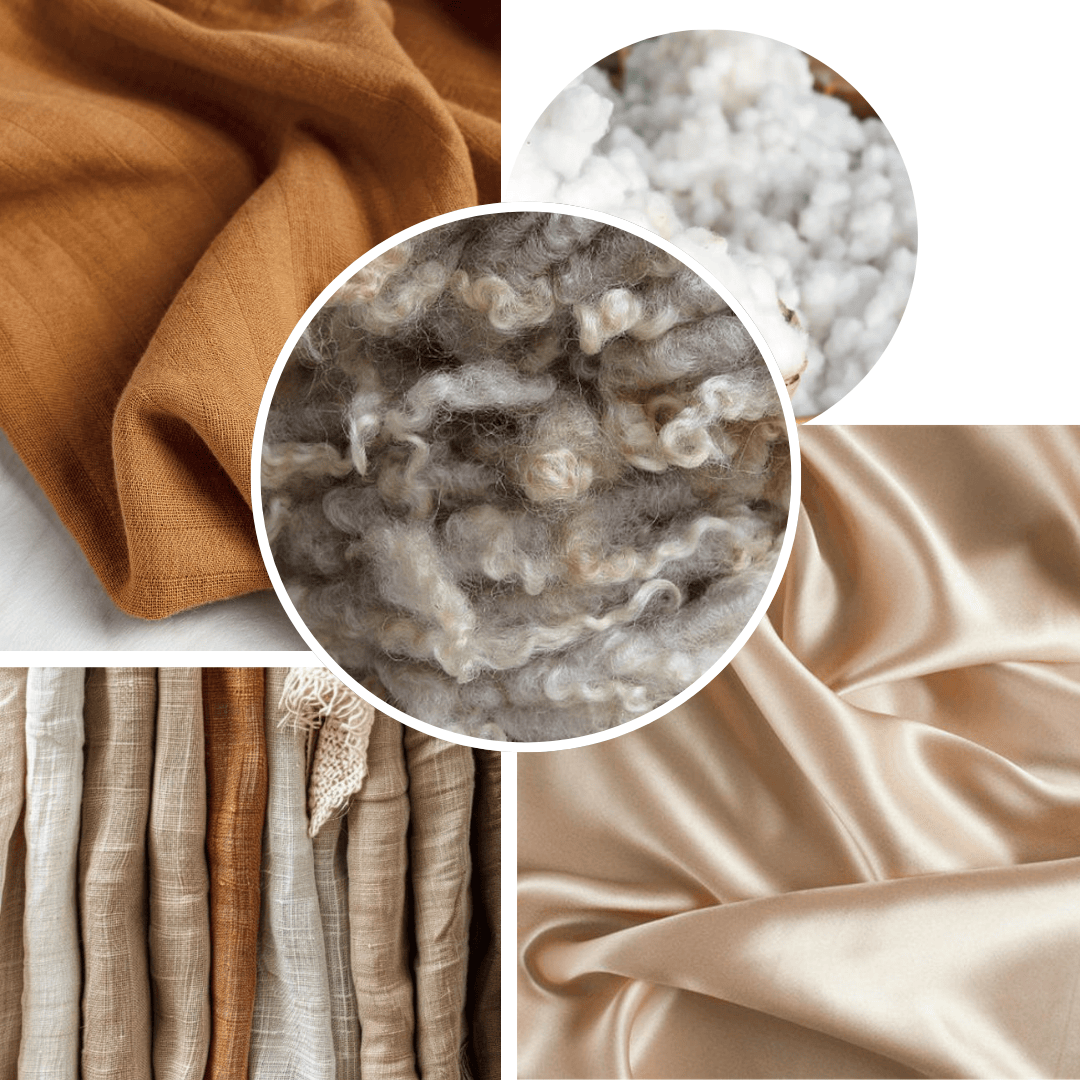
Before we dive into the "how" let's quickly reinforce the “why”. High-quality fabrics offer:
- Longevity: They resist wear and tear, lasting longer.
- Better Drape & Feel: They hang beautifully and are more comfortable against the skin.
- Enhanced Appearance: Colors remain vibrant, and textures retain their integrity.
- Sustainability: Investing in quality means less waste and a smaller environmental footprint over time.
1. Weave vs Knit: Know the Structure First
The foundation of any fabric lies in its construction—whether it’s woven or knit.
- Woven fabrics are made by interlacing warp and weft yarns at right angles. They offer structure, strength, and are common in items like shirts, trousers, and handloom textiles.
- Knitted fabrics are made by looping yarns together, resulting in stretch, softness, and flexibility—great for t-shirts, activewear, and innerwear.
Understanding the difference between weave and knit helps you assess how the fabric will behave, drape, and wear over time.
At Anuprerna, we specialize in artisan-made woven knits and traditional weaves crafted by handloom artisans.
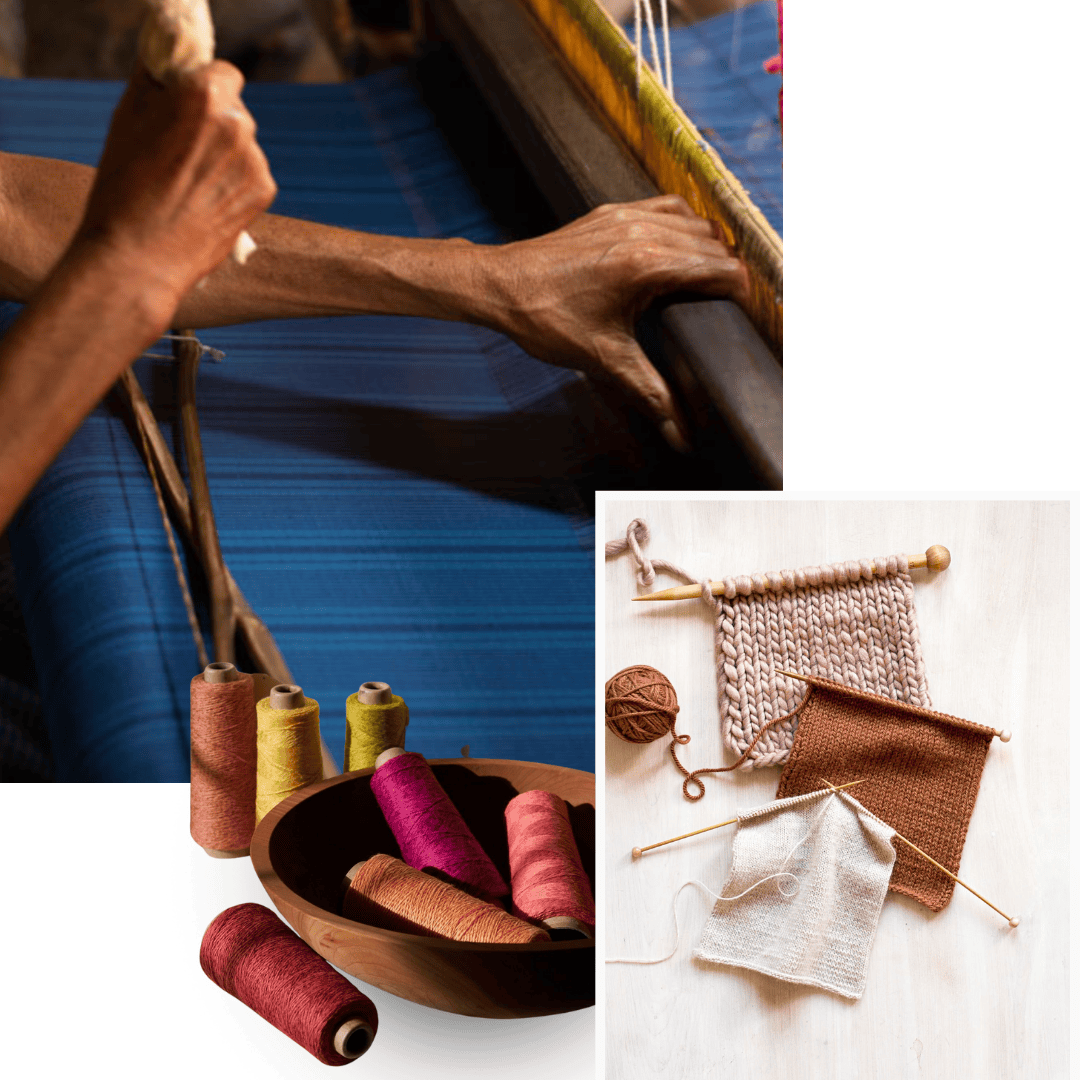
2. Yarn Density & Fabric Opacity
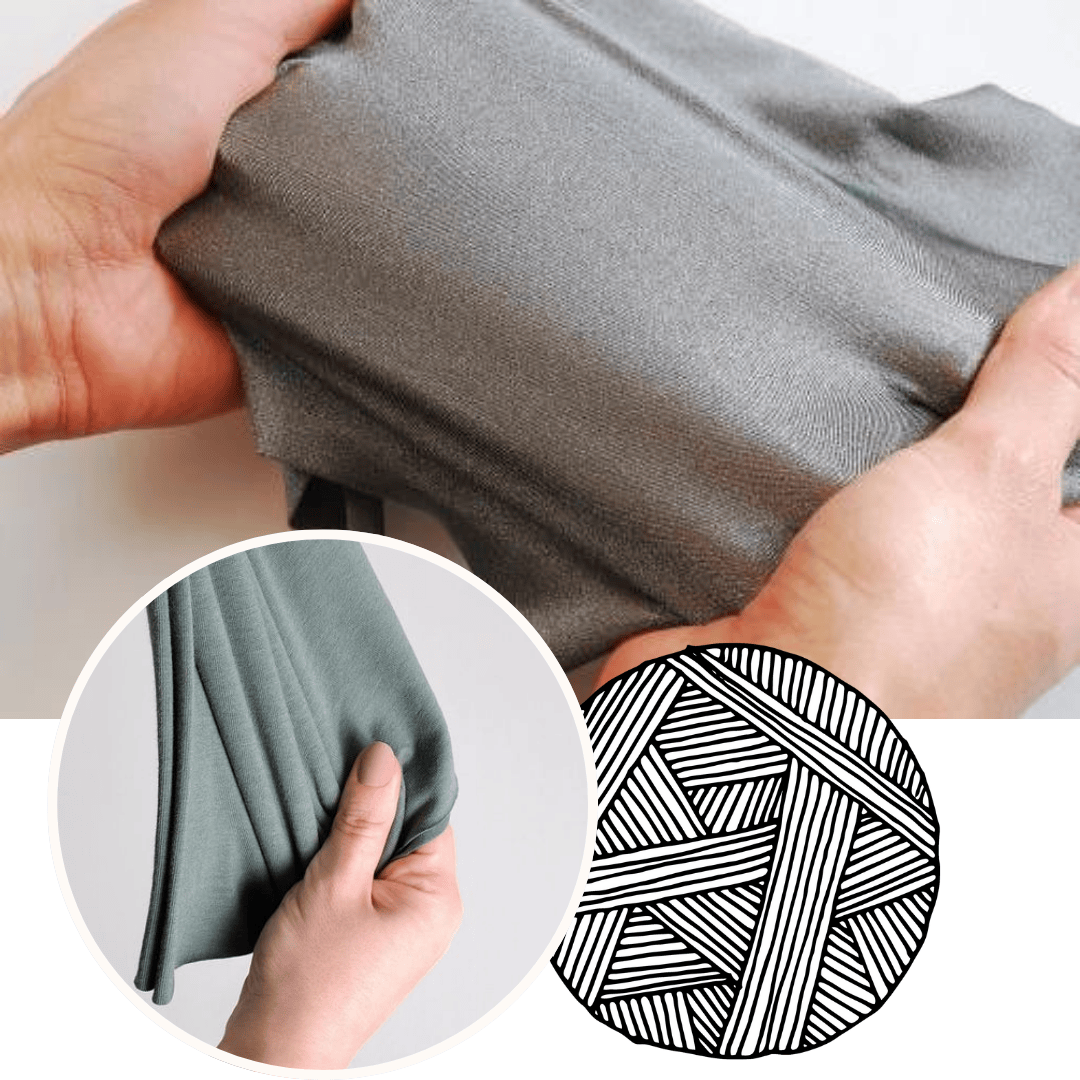
- Woven Fabrics: A higher-quality fabric will feel substantial but not stiff, with little light passing through it. You shouldn't be able to easily separate the threads with your fingers or by gently stretching the fabric.
- Knitted Fabrics: A dense knit will resist stretching out of shape easily and offer good opacity.
Hold the fabric to light. A high quality fabric will have even thread distribution and appropriate opacity for its category.
For example, high quality cotton shirts should not be sheer or loosely constructed. Visible gaps or irregular density suggest poor weaving or compromised durability.
Tips: In natural handwoven cotton, some slubbing is expected—but should be evenly spaced and intentional.
3. Natural Sheen and Luster
Understanding the difference between lustrous and non-lustrous materials helps in judging finish quality.
- Lustrous fabrics (like silk or fine mercerized cotton) reflect light softly and naturally.
- Non-lustrous materials (like khadi or linen) have a matte finish but appear rich, not dull.
- Overly shiny fabrics often indicate synthetic coatings, which can mask weak fiber quality.
Look for subtlety and consistency in sheen—not surface gloss.
Avoid Artificial Sheen: A very high, almost metallic, sheen on fabrics not typically known for it (like some synthetic polyesters) can sometimes indicate cheaper, less breathable materials or an undesirable finish.
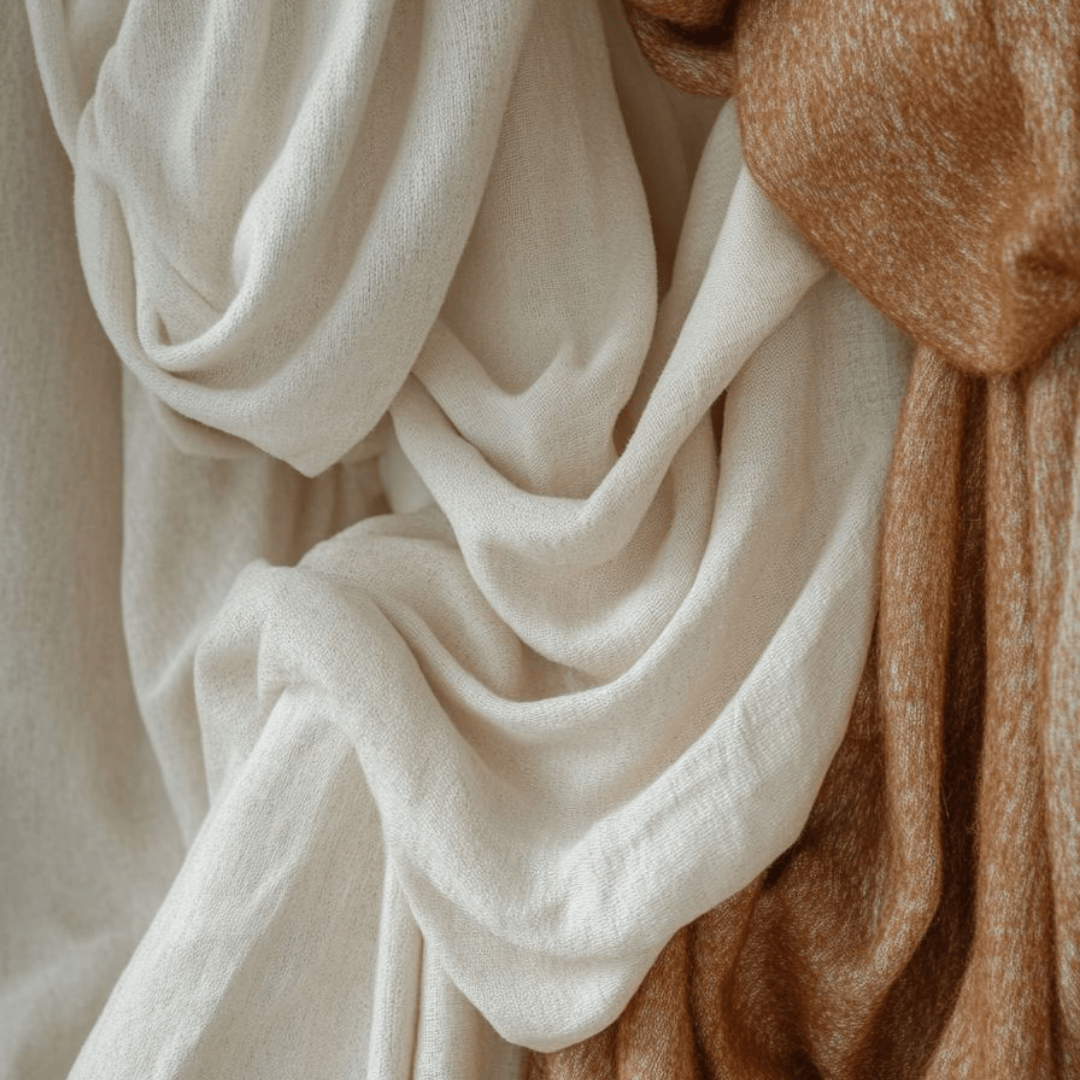
4. Color Evenness and Depth
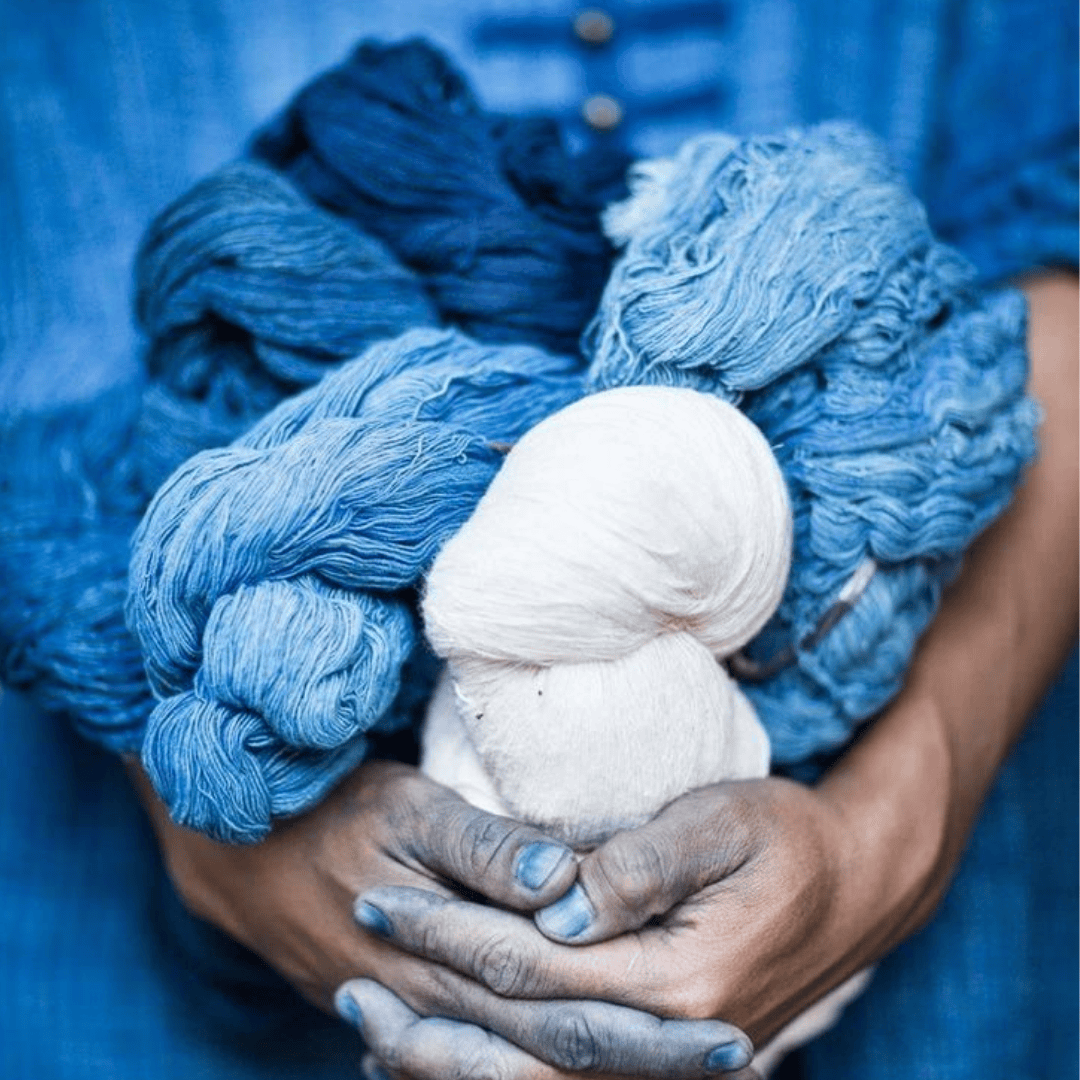
A well-dyed fabric reveals color richness from every angle. Whether dyed with plant-based colorants or azo-free pigments, color penetration and natural shade variation reflect dye quality.
- Consistent Saturation: Run your eye across the entire piece of fabric. The color should be uniform throughout, with no visible streaks, blotches, lighter/darker patches, or signs of uneven dye absorption.
- Rich, Deep Hues: High-quality dyes and proper dyeing techniques result in rich, deep, and true colors that don't look faded or dull. The color should appear saturated right into the fibers, not just superficially applied.
- Edge Examination: Check the very edge or a seam allowance; sometimes cheaper dyes don't penetrate fully.
5. Selvage & Stitching Precision
Selvage, the self-finished edge of woven fabric, can indicate loom quality and artisan skill.
A neat, tight selvage means the yarns were aligned and tension-controlled.
The selvedge (the tightly woven edge of woven fabric that prevents unraveling) should be neat, firm, and consistent.
A messy or frayed selvedge can indicate lower quality production.
In stitched garments, check the seams: clean, even stitching and secure hems show attention to detail—hallmarks of high quality fabric handling.
The way the edges are finished speaks volumes about manufacturing precision.

6. Drape & Fabric Breathability
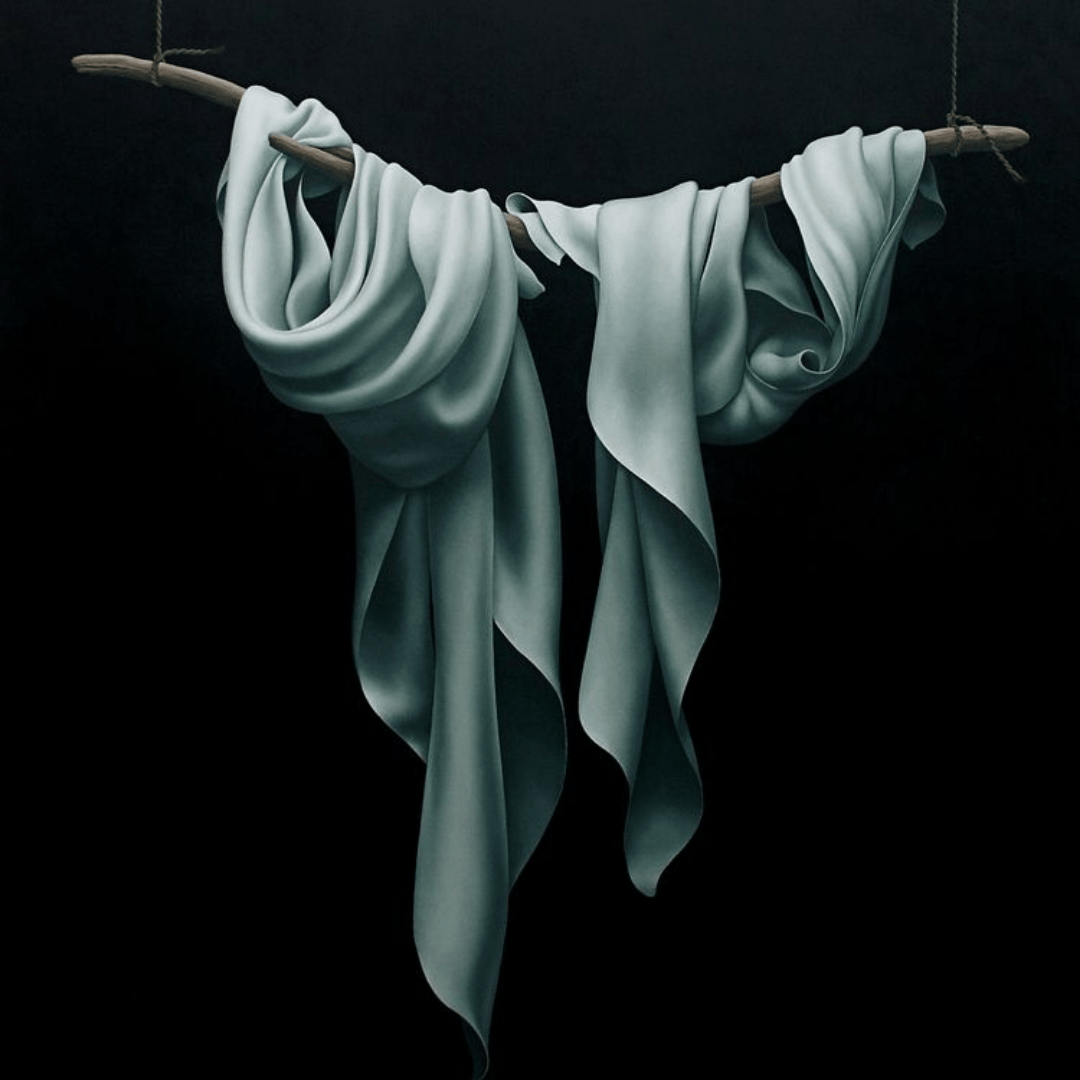
A good fabric doesn’t just hang—it drapes with purpose. It should flow smoothly (in fluid fabrics) or hold shape (in structured weaves). Feel aside, visual drape tells you about fiber elasticity and tension.
Fabric breathability is also visible to an extent—natural cotton, for instance, has a dry, porous look compared to coated synthetics.
- Graceful Drape: Gently lift a corner of the fabric. High-quality fabrics, especially those intended for clothing or soft furnishings, will fall in soft, fluid folds rather than appearing stiff, rigid, or lifeless. They should move naturally and gracefully.
- Lack of Stiffness: A good quality fabric should not appear overly stiff or board-like unless it's designed to be (e.g., heavy canvas). Look for a natural pliability.
Want breathable and elegant drape?
7. Pattern Clarity & Alignment
For any fabric featuring a printed or woven pattern, precision is key.
- Sharpness: Printed patterns should have crisp, clean edges without any blurriness, bleeding, or misalignment.
- Alignment: If it's a repeating pattern (especially in woven jacquards), the motifs should align perfectly across the fabric's width and length, with no distortions or stretching.
- Woven Patterns: In jacquard fabric or damask fabric, the woven pattern should be sharp and well-defined, not fuzzy or indistinct, clearly showing the contrast between the pattern and background.
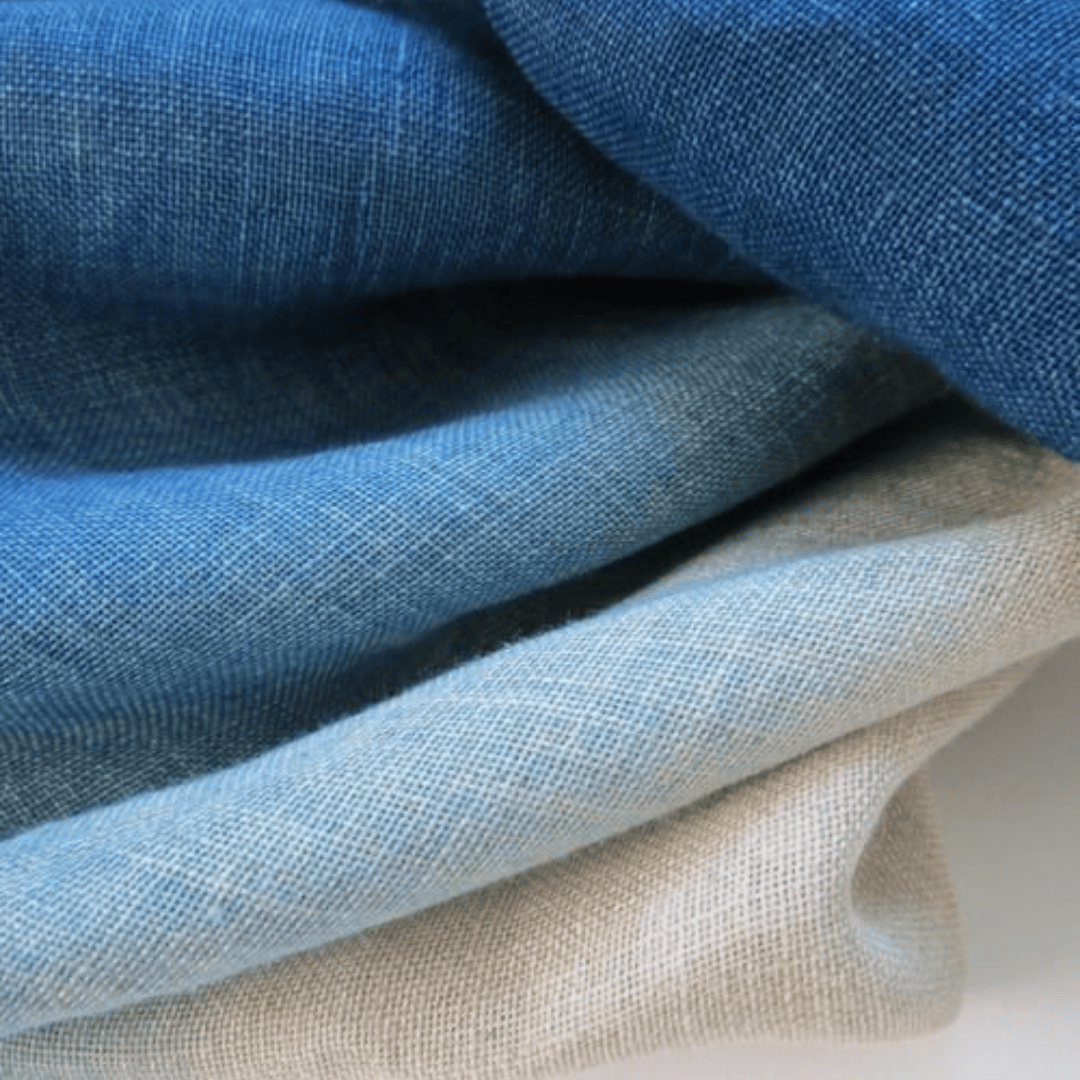
Conclusion
The next time you're shopping for fabric or a new piece of clothing, take a moment. Engage your eyes. Feel the fabric (if permitted), but primarily, observe these 7 visual cues. Empower yourself to make smarter, more sustainable choices, investing in textiles that truly embody quality and last for years to come.
related questions
What does fabric checking mean?
arrow_drop_downFabric checking refers to visually and physically inspecting fabric for quality indicators like yarn consistency, weave type, opacity, finish, and surface defects. It helps determine whether the fabric is durable, breathable, and suitable for its intended use.
How can I tell if a fabric is high quality just by looking at it?
arrow_drop_downLook for: Even weave or knit structure Smooth, clean surface without pilling Consistent color or natural shade Proper drape and no warping at edges These visual cues often indicate high quality fabric with good craftsmanship and fiber strength.
What makes cotton fabric high quality?
arrow_drop_downHigh quality cotton shirts are made from long-staple cotton fibers, which feel smoother, resist pilling, and last longer. Look for clean weaves, subtle luster, good opacity, and strong, even stitching. For more information about cotton, choose handwoven or organic cotton with minimal chemical processing for comfort, breathability, and durability.
How do I check fabric breathability visually?
arrow_drop_downWhile touch is best for testing fabric breathability, you can often judge it by: Looking for tiny gaps in the weave Holding it to light to check density Choosing natural fibers like cotton or linen that visually appear porous and soft
More Blogs
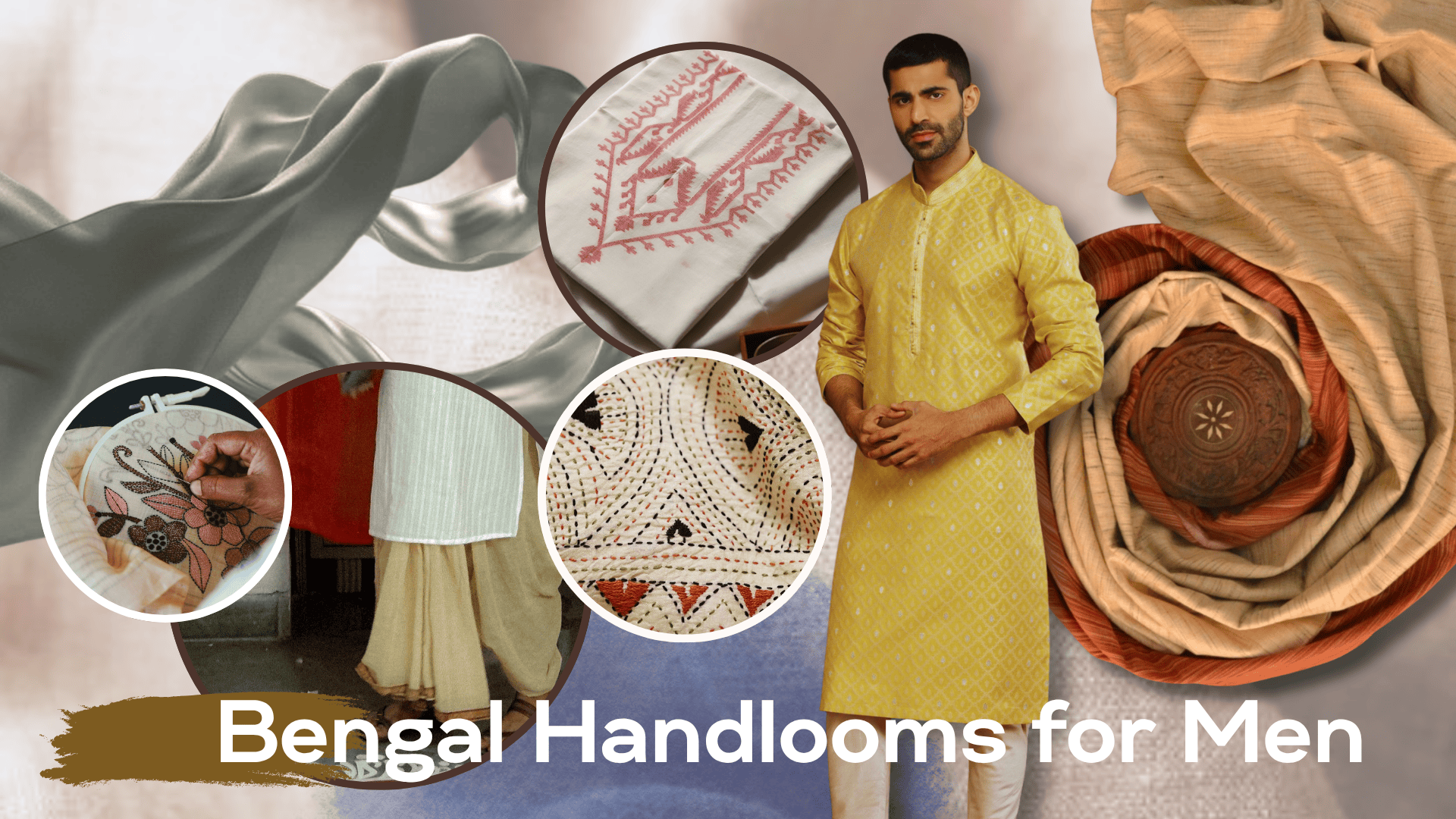
bengal looms for men: beyond the kurta
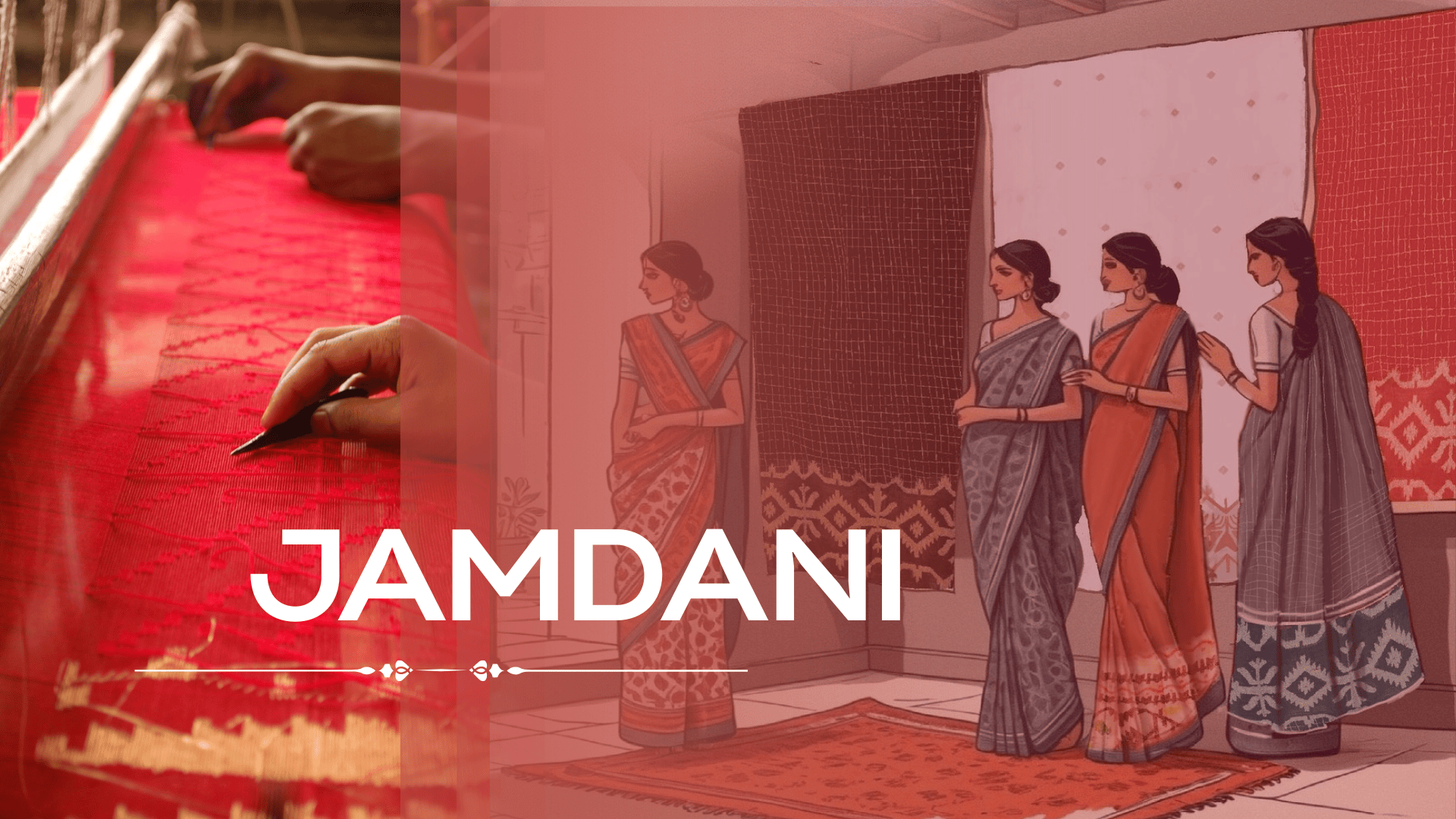
jamdani magic: why this weave is unesco-recognized as cultural heritage
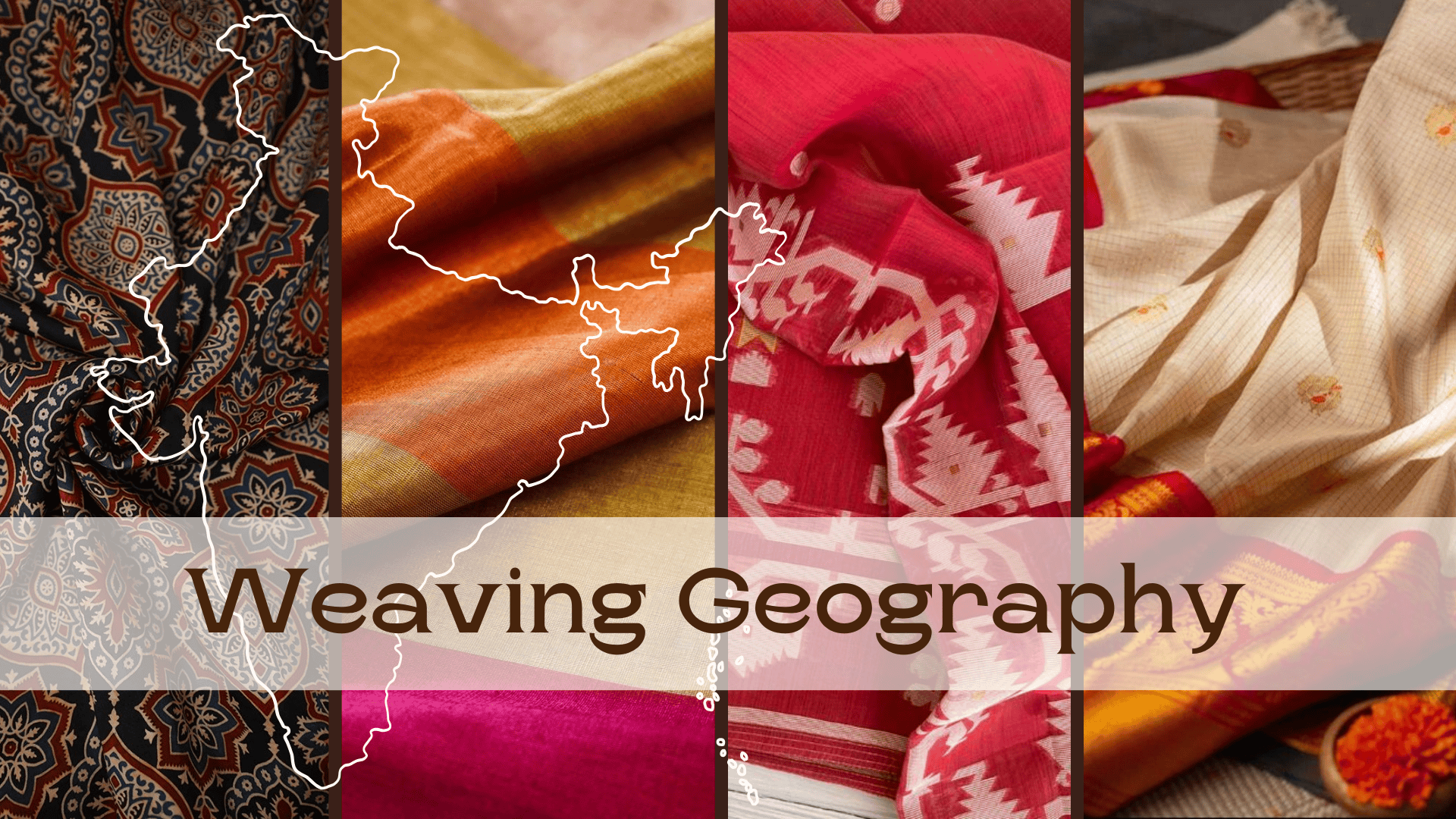
weaving geography: which district is known for which handloom fabrics
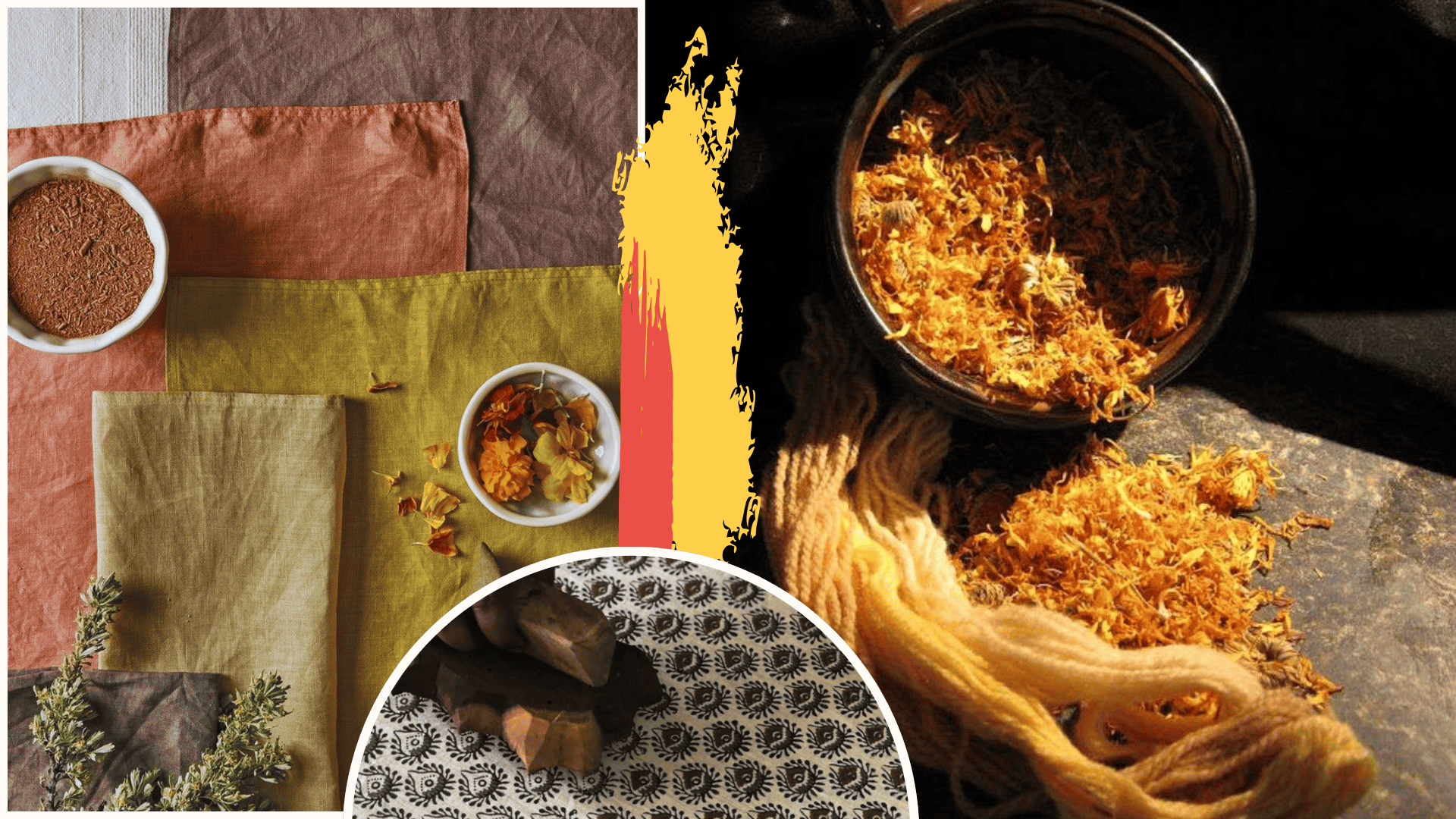
the ultimate guide to naturally dyed and block printing textiles
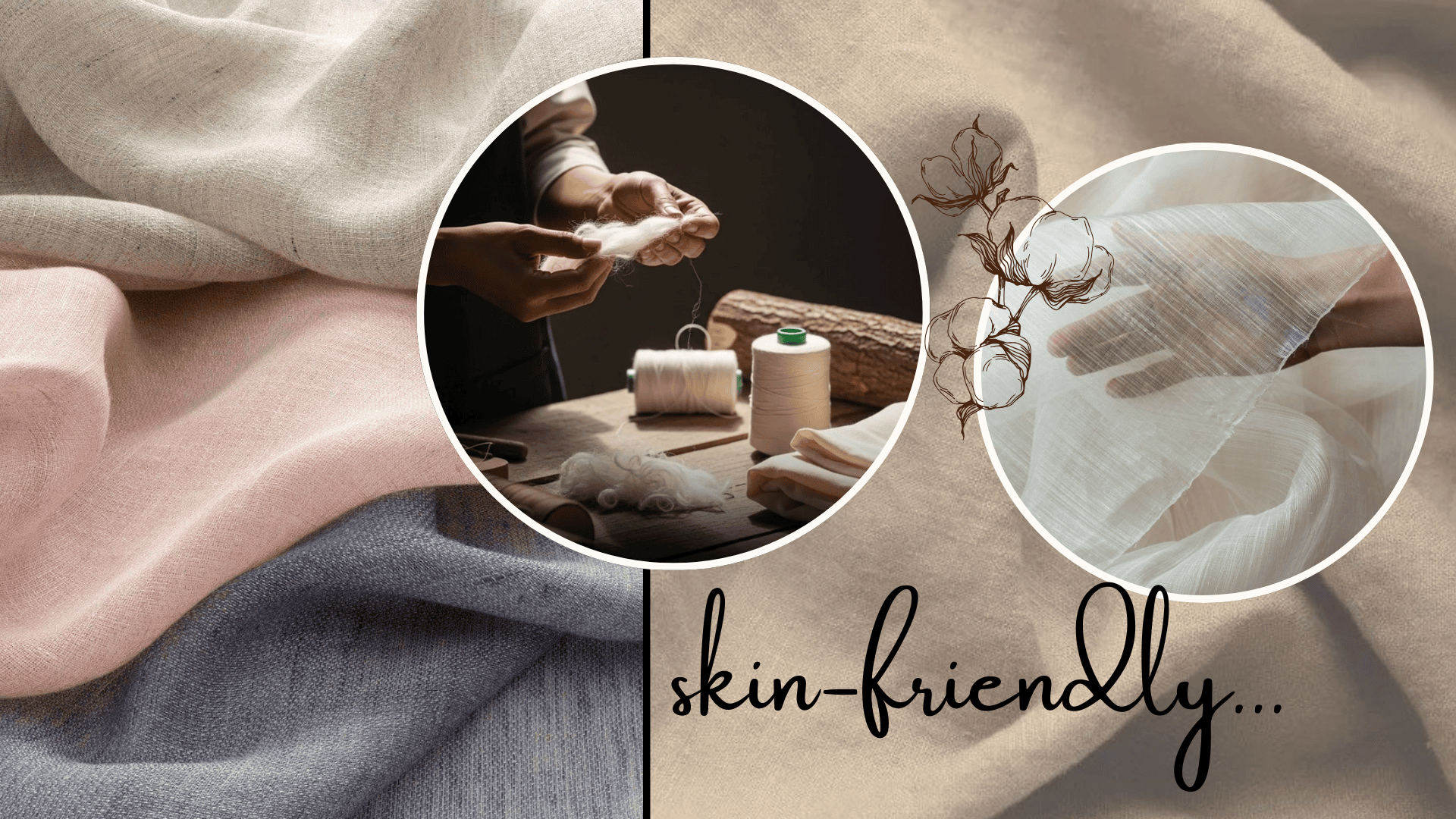
why skin-friendly textiles are the next luxury in fashion
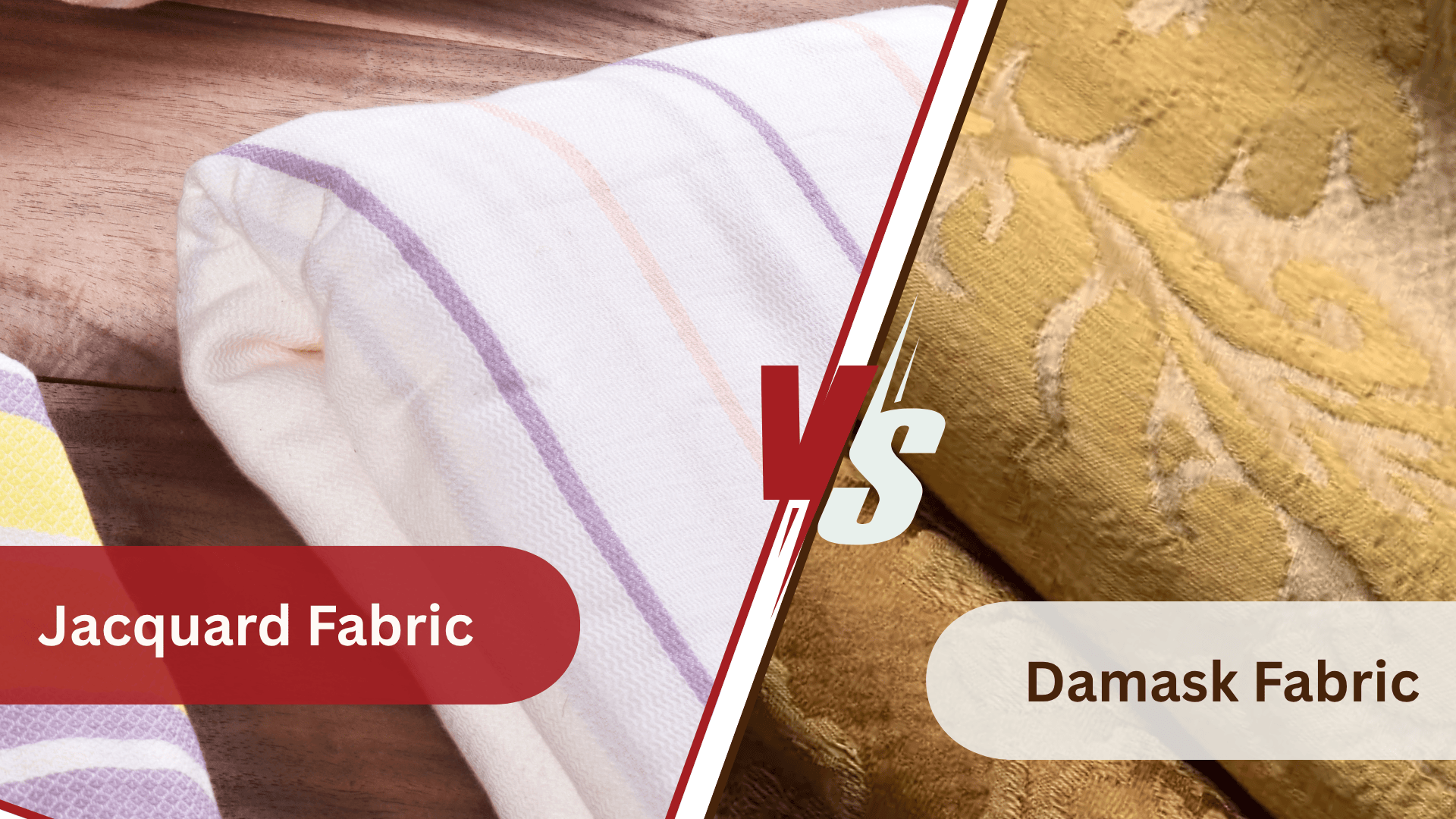
damask vs jacquard fabric: what’s the difference and which one’s right for you?







